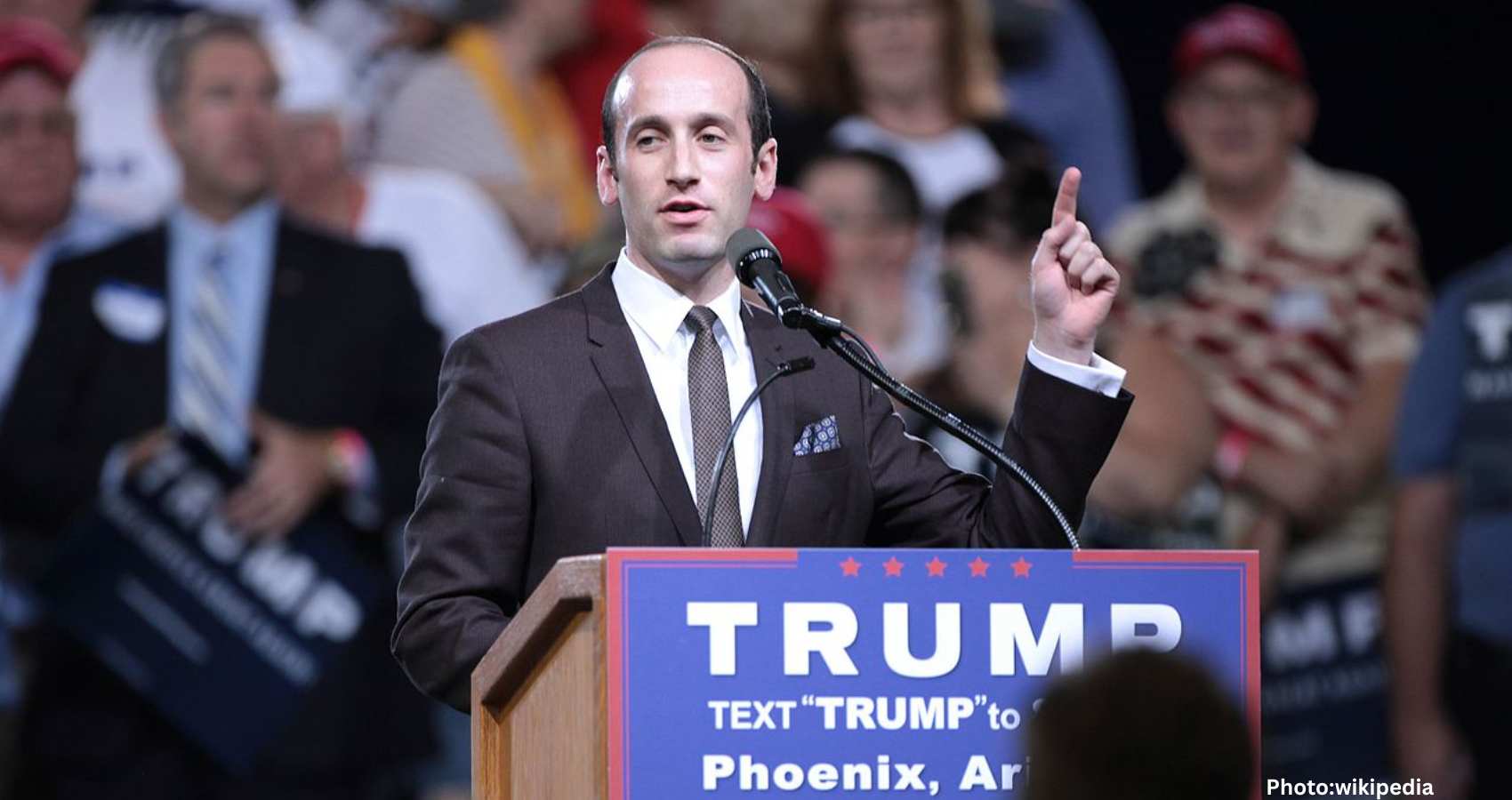The Trump administration’s strategy to reshape U.S. higher education by imposing restrictions on international students has raised concerns about financial sustainability, technological competitiveness, and the academic landscape.
In recent developments, the Trump administration has leveraged financial pressures and legal settlements to compel American universities to reduce their reliance on enrolling international students. This shift, led by White House Deputy Chief of Staff Stephen Miller, suggests a broader move to reshape higher education’s engagement with the world, where ideological motivations take precedence over economic rationale.
The crux of this initiative lies in a landmark agreement with Columbia University, finalized on July 23, 2025. While the public discourse centered on the university’s handling of antisemitic incidents, the detailed agreement disclosed an objective to diminish financial dependency on international tuition—a measure that might soon serve as a national exemplar.
This clause challenges conventional financial strategies since international students typically pay higher tuition, offsetting financial aid and public funding deficits. Nearly 40% of Columbia’s student body comprises international students, making this agreement a potential threat to the university’s fiscal framework. Yet, it appears that the administration is willing to accept these risks in pursuit of broader goals beyond the academic domain.
Miller, a known proponent of restricting immigration pathways, has now focused his energies on education policies. Alongside strategist May Mailman, Miller has engaged in confidential discussions with university officials nationwide to integrate policy concessions, particularly those limiting international student enrollment. Brown University, which is currently under investigation but has a lower percentage of international students, has not been required to adopt similar enrollment conditions, indicating that institutions deemed overly globally oriented or against the administration’s nationalist stance are particularly targeted.
The economic implications of such policies are substantial. According to the NAFSA: Association of International Educators, international students contributed nearly $44 billion to the U.S. economy and were responsible for supporting over 378,000 jobs during the 2023–2024 academic year. A significant reduction, estimated between 30% to 40%, in new international enrollments could severely impact both university budgets and local economies.
International students are also disproportionately represented in rigorous fields, making up 71% of full-time graduate students in computer science and 73% in electrical and computer engineering in 2025. Limiting their admission not only threatens the vitality of academic departments but also undermines the nation’s technological innovation and competitiveness.
Beyond enrollment restrictions, the administration is proactively dismantling systems that facilitate international students remaining and working in the U.S. after graduation. Notably, Joseph Edlow of the U.S. Citizenship and Immigration Services has announced intentions to eliminate Optional Practical Training (OPT) and STEM OPT extensions. Concurrent revisions to the H-1B visa process, emphasizing salary-based selection, pose additional barriers to recent graduates seeking employment.
The proposed abolition of the “duration of status” policy, which currently permits students to remain in the U.S. throughout their studies, would add bureaucratic challenges, increasing the risk of interruptions and deportation.
The overall demographic trends underscore the significance of expanding international enrolment. As U.S.-born college-age populations decline, economist Madeline Zavodny predicts that absent international students and the offspring of immigrants, the U.S. could face a loss of 5 million undergraduates and over a million graduate students by 2037.
International students not only bolster student numbers but also enhance the academic milieu. Their presence drives institutional investments in STEM fields, further benefiting domestic students by cultivating more enriched learning environments. Far from displacing U.S. students, international peers likely contribute positively to educational experiences.
Furthermore, the implications for U.S. innovation are profound. Around one-quarter of U.S.-based billion-dollar startups were established by individuals who had initially arrived as international students, emphasizing the significant role they play in American ingenuity and success.
Recent calls by Trump to impose a 15% cap on international enrollment at elite institutions like Harvard underscore a strategic insularity. However, such isolationist tendencies neglect the value of global academic exchange in sustaining U.S. prosperity.
The Columbia agreement is emblematic of potential nationwide policy shifts, blending immigration limitations with educational governance. With more than 50 other universities under scrutiny, this model may soon proliferate nationally, threatening not just university independence but also the foundational ideals of intellectual openness and global engagement.
Through this lens, the administration’s integration of anti-immigration goals into higher education reform serves to redefine universities as instruments of nationalism rather than facilitators of global understanding. While economic repercussions and academic fallout are apparent, the erosion of America’s global leadership in education could represent the most lasting impact.

